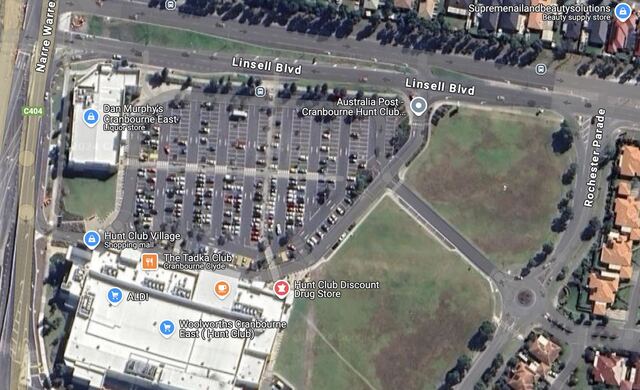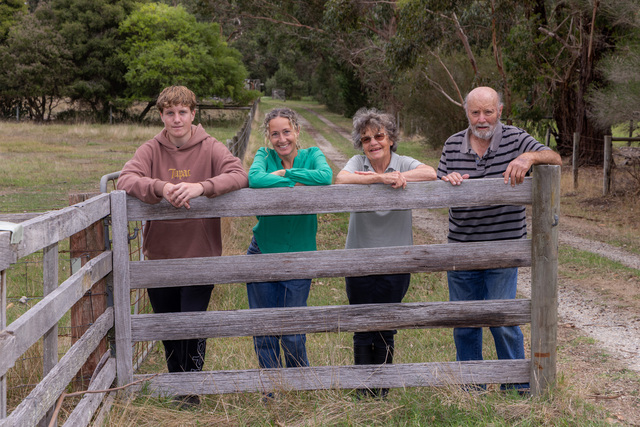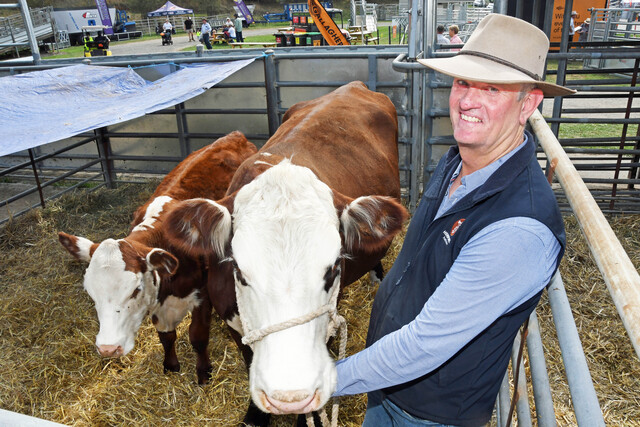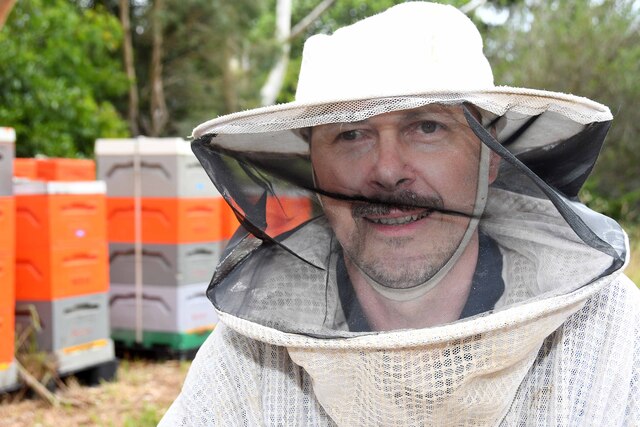The state’s planning tribunal has approved three proposed commercial services at the Hunt Club Village Activity Centre in Cranbourne East on 2 September, despite Casey Council’s opposition.
Victorian Civil and Administrative Tribunal (VCAT) also amended the Cranbourne East Development Plan (CEDP) to facilitate permit applications.
The applicant HCV Commdev Pty Ltd proposed a service station, a restaurant, and a convenience restaurant at a vacant grassed paddock within the Hunt Club Village Activity Centre. The proposed buildings are all single-storey.
The development site of 6500 square metres is bounded by Linsell Boulevard in the north, Rochester Parade in the east, and an internal access road in the south and west.
To facilitate the permit applications, the applicant also proposed to amend the CEDP.
Casey Council failed to decide on the permits and amendment within the prescribed time but advised they would oppose them.
Council mainly argued the amendment to CEDP would “prejudice the proper and orderly planning” of the development site.
In the development plan, the development site is identified to be used as at-grade parking in the interim period and it is ultimately to be used for commercial and residential purposes with decked car parking.
The interim use envisioned also includes developing food stalls, food trucks, community gardens, pop-up markets, or other low-cost temporary land uses and public open space concepts.
Council believed the proposed uses did not fall within the categories of interim uses and would compromise the land’s ability to achieve the ultimate residential uses, given the likelihood of soil contamination and site remediation costs associated with the potential environmental and health risks to future residential uses.
The applicant argued that the applications were consistent with the commercial zoning and the broad purpose of a neighbourhood activity centre under the relevant planning policy context.
It said there was no better location for a service station in Cranbourne East as a site in an activity centre with no obvious amenity impacts as the uses were only accessed by the internal road network of the activity centre and separated from the residential areas.
It also submitted the proposed buildings were “of modest scale that could be removed for any future larger, more intense development”.
VCAT ruled in favour of the applicant, stating that the ultimate commercial and residential development of the land would still be envisaged in the long term and other areas in the activity centre might also have potential for residential development.
Council also opposed the permit applications, saying they contributed to the underdevelopment of the site.
It argued that the proposed developments had no pedestrian links between the pad sites secondary to vehicle movements, no strong architectural markers, no sense of address, no activation of the abutting road network and inadequate passive surveillance of public spaces.
VCAT set aside the council’s opposition after assessing the siting, design, pedestrian links, traffic and access, parking provision, and signage and finding them appropriate.







